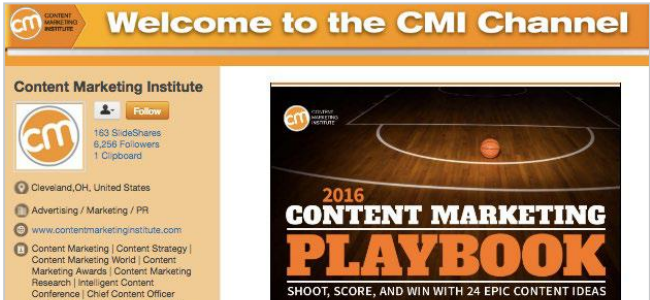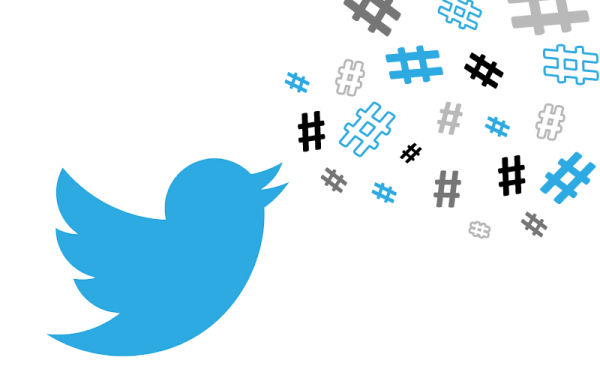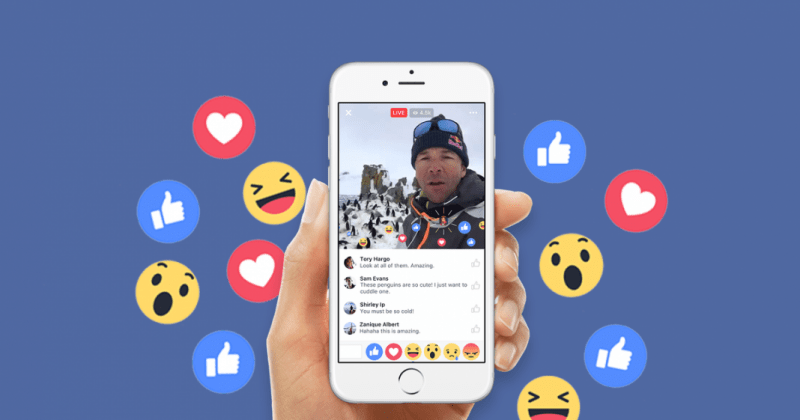A strong LinkedIn presence comes from leveraging different aspects of the social network, which include:
1. Profile Page: Your company profile page is where a user lands when searching for you or clicks on your logo from a user’s profile. Company profile pages are a free LinkedIn service for any user looking to start one on behalf of their brand. Because this is your primary, branded landing page on LinkedIn, it’s very important to make sure that you have carefully thought about the images and messages you choose to represent your brand.
2. Content Sharing: On your company page you have the ability to share posts. Posting on LinkedIn is a key way to build followers and fuel your paid advertising efforts (which we will cover in the next chapter). These posts can be comprised of text, images, links, non-native video (like a YouTube link), and slide decks. It’s important to note that because LinkedIn is Choosing the Right Social Media Platforms PayPal’s Showcase Page highlights their merchant solution, PayPal for Business LinkedIn seen as a professional network, your content mix and tone should aim to be fairly professional and engaging. We’ve found that because users are on LinkedIn mostly for professional purposes, educational posts perform very well.
LinkedIn Pulse is the latest offering by LinkedIn to help users expand their personal brand and thought leadership. Any user can publish to LinkedIn Pulse, and if they get a wide enough readership and distribution through their own network, LinkedIn will increase the posts’ visibility by sharing it broadly across the network. For brands, this means that cultivating a set of thought leaders in your organization has more benefit than ever before. You are able to use LinkedIn Pulse articles to increase your inbound links, support your thought leadership platform, increase the followers on your company profile page, and boost your social following on other social platforms.
3. Showcase Page: A company showcase page is an extension of your company page that is designed to highlight specific products or services. Showcase pages are especially helpful when your business has multiple solutions with different types of fans and followers. For example, PayPal has a showcase page that highlights their merchant solution (targeted at business owners and sellers of goods) versus the payment tool that they have for consumers. Having these segments allows users to follow the parts of your business that relate to them.
4. Groups: LinkedIn groups are communities on the social platform formed around topics of interest, industry, title, professional organization, brand, etc. In these spaces, users can, based on group permissions, share articles, post jobs, exchange advice, and gather digitally. Groups can be a strategic and important way for an organization to create a community of its users, demonstrate thought leadership around a specific area, and gain insight into the pain points of potential customers. From a user group, to an industry group, to an invitation-only advocacy group, brands can use groups to segment their audience and develop relevant conversations. Before starting a group, identify your objectives and decide which group structure will best facilitate those goals. LinkedIn offers a variety of functionality controls in groups—like choosing whether to have an open or closed group, turning on or off the ability to post jobs, etc. Make sure that your group settings match the objective of the community you are trying to build and are not overly strict—it is still a social network.
LinkedIn Groups makes it easy for companies to locate potential customers. Simply make a list of keywords that relate to your prospects or the industries you target, and run a search for any LinkedIn Groups related to these keywords. Once you find the right groups, participate in discussions, ask questions, and make connections.









